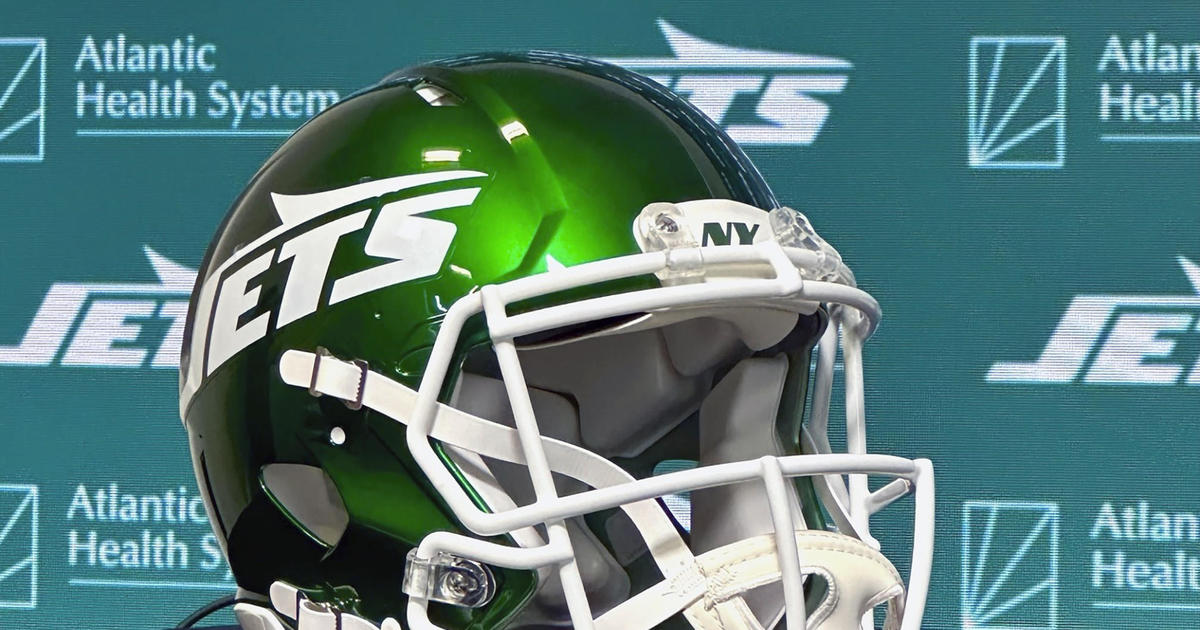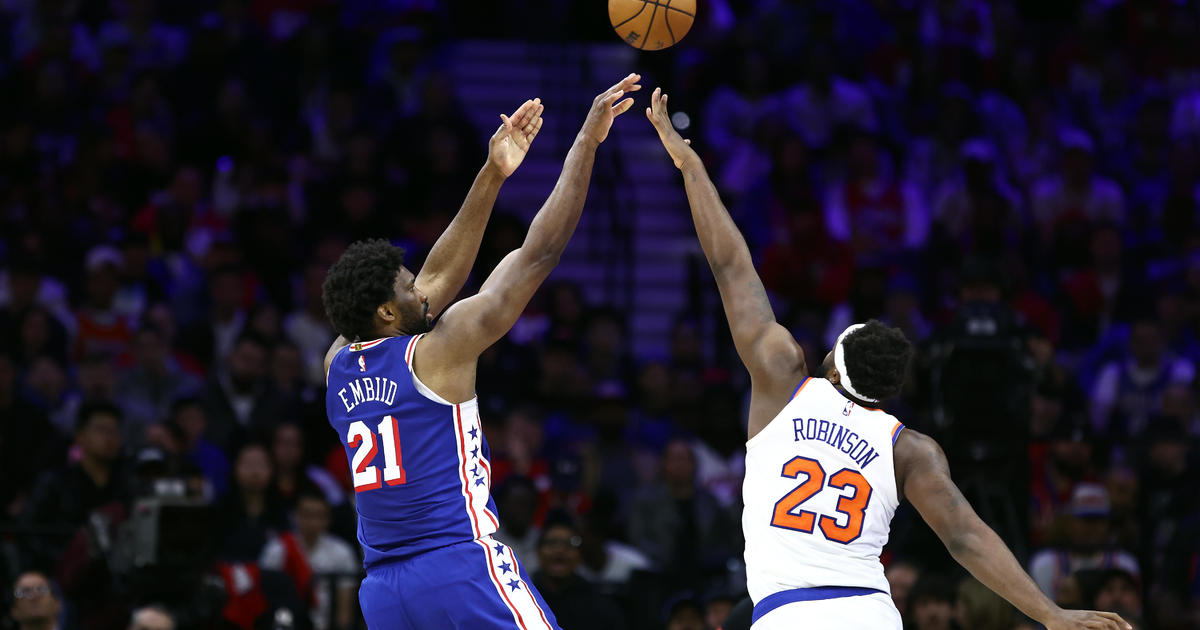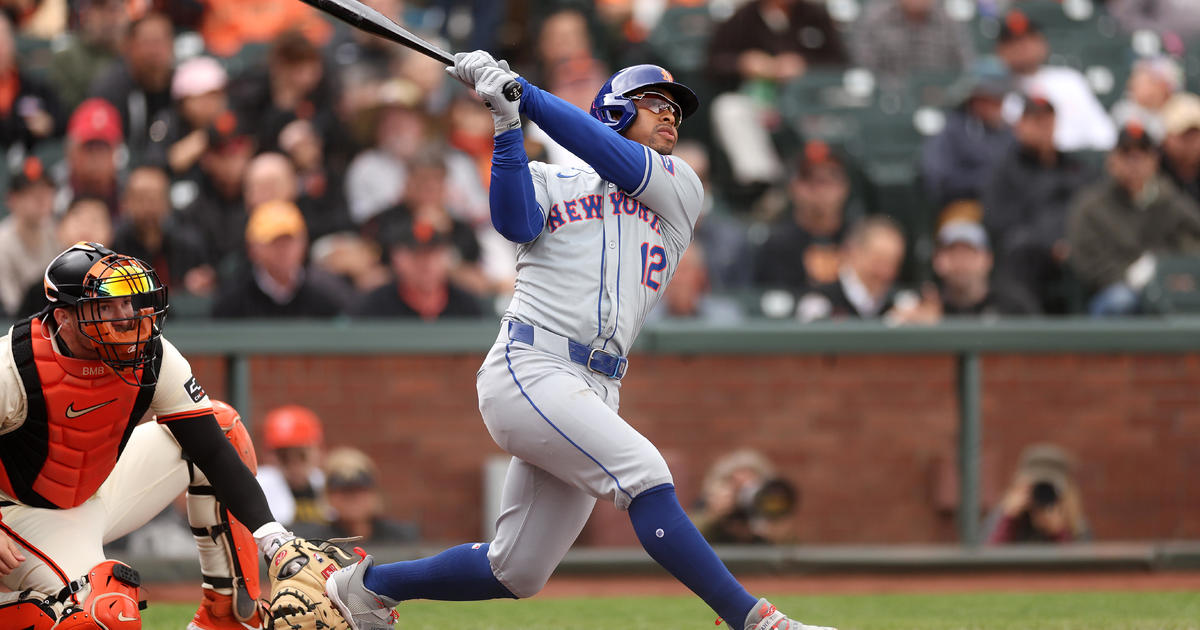Palladino: Gifford Reminds Us That Football Is Play At Your Own Risk
By Ernie Palladino
» More Ernie Palladino Columns
The photo was not just a good shot of a player's celebration.
It was iconic, encompassing not only the unbridled joy of success, but the violence of football, and the intent of its players to inflict their will on their opponents.
Most have seen it: the Eagles' Chuck Bednarik fist-pumping over a motionless Frank Gifford, certainly oblivious to the fact that he nearly killed the great Giants running back, but just as certainly ecstatic over Gifford's immediate incapacity.
It is one of the NFL's flag-raiser photos, one of several Iwo Jima's that stand right up there with a kneeling Y.A. Tittle bleeding from his bald head in the end zone. Before ESPN turned devastating hits into highlight reels, we had these to remind us all of football's inherent violence.
As Gifford reminded from the grave last week, there is little anyone can do to make it less brutal. So play at your own risk.
Only weeks after his death at 84, Gifford's donated brain spoke a final installment to his Hall of Fame life as a player and a gentleman. It showed a preponderance of the dreaded Tau tangles that indicate traumatic brain disorder. At an age more advanced than many of the NFL's concussed stars begin to exhibit the forgetfulness, sensitivity to light, and finally, dementia, Gifford was proved right in his fears that Chronic Traumatic Encephalopathy had taken hold of him.
Once again, the discussion the NFL wishes would just go away took on renewed meaning.
Thankfully, the league has moved past its old stance on concussions. This was once a league that regarded the after-effects of concussions like Big Tobacco looked at lung cancer -- Bah, humbug!
At least now the league has somewhat recognized that concussions are not really a good thing for anybody. But it has yet to go the full route. To do that, it would have to pull the stigma of doubt off Dr. Bennett Omalu, the forensic pathologists whose examination of Pittsburgh center Mike Webster's CTE-addled brain in 2002 began what never should have been a tortuous road toward enlightenment. Roger Goodell will most certainly not offer an enthusiastic review of Will Smith's portrayal of Omalu when the movie "Concussion" opens on Christmas Day.
Nor has the league fully embraced Boston University's just-released study where noted neuropathologist Dr. Ann McKee reveals that 131 out of 165 brains of individuals who played either high school, college, or pro football showed CTE's telltale Tau tangles.
"This is a very real disease," McKee wrote. "We have no problem identifying it in hundreds of players."
As damning as that evidence appears, NFL lawyers currently argue in court to eliminate CTE coverage from its $1 billion plan to address concussion-linked injuries to former players. At the rate McKee reported, success there would leave out thousands of future sufferers.
Thankfully, the league has opened its mind to immediate remedies. Rules changes, better equipment, and the in-game concussion protocol that requires removal of a player exhibiting even the slightest signs of a head bonk are a start. So is its Heads-Up program that teaches youngsters about proper tackling technique.
But they are not perfect.
Case Keenum, the Rams' quarterback, managed to stay in the game after a hit slammed the back of his head into the turf and knocked him silly.
The league is investigating.
As for rules changes, the problem there is that whether a flag is thrown or not on a hit to the quarterback's head or a forearm to the back of a defenseless receiver's noggin, the damage remains.
The fact remains that football, like smoking, can be injurious to one's health. Always will be. It's what happens when big, strong objects throw themselves against each other at high rates of speed. The brain -- the body's most delicate, beautiful, mystical of mechanisms -- will continue to take punishment.
The NFL needs to do more.
It needs to embrace, fully and officially, the research of McKee, Omalu, and others.
Its $10 billion treasury needs to fund the care of those who incur CTE after their careers, for however long they need it.
And it wouldn't hurt if it turned the Iwo Jima photos and ESPN glorifications into public service warnings.
Maybe a little something at the bottom.
"Play at your own risk!"
Follow Ernie on Twitter at @ErniePalladino



